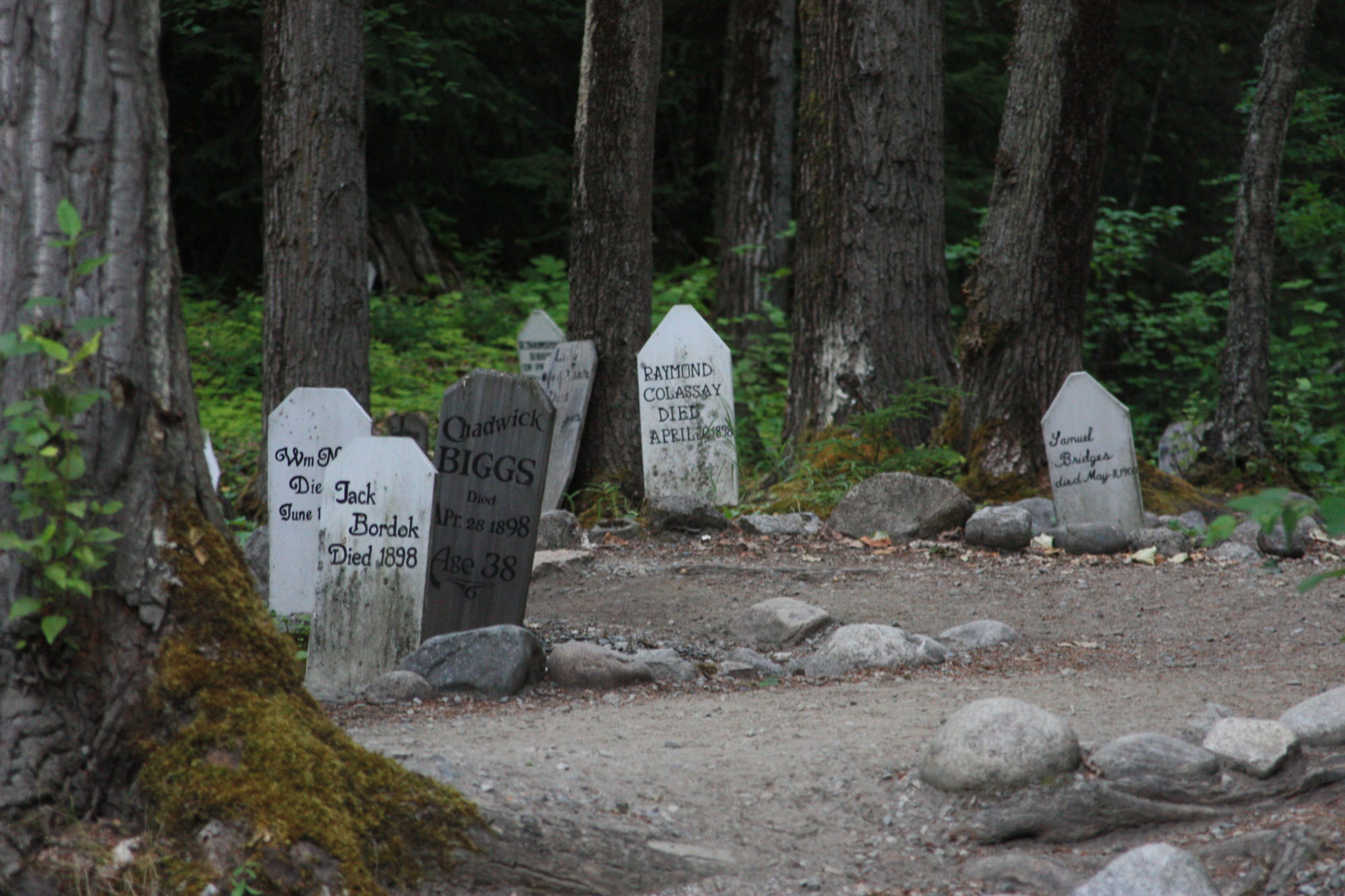
The “King of the Klondike” arrived in Skagway in 1898 and was both a wrangler and boxer. His reputation grew as he moved on to Dawson. His life story is nothing short of amazing:
“Boyle organized a hockey team in 1905, often known as the Dawson City Nuggets, that endured a difficult journey to Ottawa, Ontario (by overland sled, train, coastal steamer, then trans-continental train) to play the Ottawa Senators for the Stanley Cup, which until 1924 was awarded to the top hockey team in Canada and could be challenged for by a team. Ottawa thrashed the Dawson team.
During World War I, Boyle organized a machine gun company, giving the soldiers insignia made of gold, to fight in Europe. The unit was incorporated into larger units of the Canadian Army.
Boyle also distinguished himself in Romania, serving the king and queen of that country during the war, helping to protect the country from the Central Powers and to operate Romania’s railroads. He also mounted a daring rescue operation in which he swindled a number of captive soldiers back to Romania and successfully petitioned to new Bolshevik government in Russia to return the Romanian Crown Jewels from their storage in the Kremlin. He was awarded the special title of “Saviour of Romania” for these and many other deeds. He remained a close friend, and was at one time a possible lover of the Romanian Queen, British-born Marie of Edinburgh.
Somehow, he became a confidant, and maybe more, of Queen Marie of Romania, Queen Victoria’s granddaughter. On the Queen’s behalf, Boyle negotiated the first peace treaty of Versailles and organized millions of dollars of Canadian relief for Romanians, earning the title of hero. He was decorated for his exploits by the governments of Russia, France, Britain and Romania.
His relationship with the queen remains something of a mystery. Some historians speculated they were lovers and point to a mysterious woman in black who brought flowers to his grave every year on the anniversary of his death in 1923. Queen Marie died in 1938 and nobody appeared at his grave after that year, so it was always thought that she was the mystery woman. Seen in the photo above with Queen Marie (left) in 1918.
It is a known fact that “Klondike” Joe Boyle successfully wrestled and killed a shark after falling off the side of his fishing ship, The S.S. Chipe.
Joe Boyle died on this day, April 14, 1923 of a stroke at the age of 56. He is presently buried in his Canadian home town of Woodstock, Ontario, after being buried for 50 years in Hampton Hill.
from Wikipedia and a great book: “Sourdough and the Queen: Many Lives of Klondike Joe Boyle” by Taylor, Leonard.








